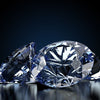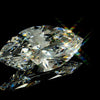
Cheapest Countries to Buy Diamonds: Unveiling Cost-Effective Gems Sources
When exploring the diamond market for the best deals, it's essential to consider the global landscape. My research indicates that looking beyond one’s local jewelers to the international scene can reveal substantial savings on diamond purchases. Factors like the proximity to diamond trading hubs and tax policies significantly influence diamond prices in different countries.
Find Your Diamond Jewelry – Amazing Style, Amazing Savings!
Belgium, for instance, is known for its pivotal role in the diamond trade, with over 80% of the world's rough diamonds passing through this country. This high volume of trade and the well-established diamond district in Antwerp often translate into competitive pricing for consumers. Additionally, Dubai has emerged as a go-to destination for buying diamonds, thanks not only to its tax-free shopping but also to its increasing prominence as a luxury goods marketplace.
Travelling to these destinations might come with additional costs, but the potential for lower diamond prices can make it a worthwhile consideration, especially for significant investments or wholesale acquisitions. It's always wise to factor in these additional expenses while calculating the overall savings to ensure that buying diamonds abroad truly offers a financial edge.
Understanding Diamond Value
When considering diamond purchases, particularly seeking the least expensive options, it's crucial to understand the factors influencing their value. My exploration into this topic will tackle the primary determinants that shape diamond prices and the differences between lab-grown and natural diamonds.
| Rank | Country | Reasons |
|---|---|---|
| 1. | India | Known for its diamond cutting and polishing industry. Offers competitive prices due to lower labor costs. |
| 2. | Thailand | Houses a bustling diamond market with a wide range of options. Prices are relatively low compared to Western countries. |
| 3. | Dubai | Tax-free shopping destination attracting diamond buyers. Offers a variety of diamond jewelry at competitive prices. |
| 4. | Belgium | Antwerp, the diamond capital of the world, offers competitive prices. Known for its diamond trading industry and access to rough diamonds. |
| 5. | South Africa | Source of many rough diamonds, leading to lower prices. Offers opportunities for buying diamonds directly from mines. |
| 6. | China | Growing market with increasing demand for diamonds. Offers competitive prices due to the expanding jewelry industry. |
| 7. | Russia | Home to diamond mines, providing access to affordable diamonds. Offers a range of diamond jewelry options at reasonable prices. |
Determinants of Diamond Price
The valuation of diamonds is complex, depending on multiple factors beyond simple supply and demand. Globally, there's a pricing structure that hinges on the diamond's characteristics, where cut, color, clarity, and carat weight known as the four Cs play a pivotal role. The price rises sharply with each increase in these quality variables, especially when a diamond approaches a full carat or more.
Global Diamond Pricing Structures
| Market Segment | Explanation |
|---|---|
| Rough Diamonds |
Prices determined based on factors like size, shape, clarity, color, and demand. Bought by diamond manufacturers, who cut, polish, and sell to wholesalers. |
| Polished Diamonds |
Prices influenced by the 4Cs: carat weight, cut, color, and clarity. Sold to retailers, who then sell to consumers. |
| Wholesale Market |
Prices negotiated between wholesalers and retailers based on market demand and supply. Discounts may apply for bulk purchases. |
| Retail Market |
Prices set by retailers based on factors like brand, setting, and additional features. Varies widely depending on the retailer and location. |
Internationally, the diamond market adheres to a pricing guideline known as the Rapaport Diamond Report. This report sets standard prices for diamonds based on the four Cs, influencing transactions in various countries. While these prices provide a benchmark, certain nations may offer more competitive prices due to local economic factors, taxes, and availability.
The Impact of Cut, Color, Clarity, and Carat
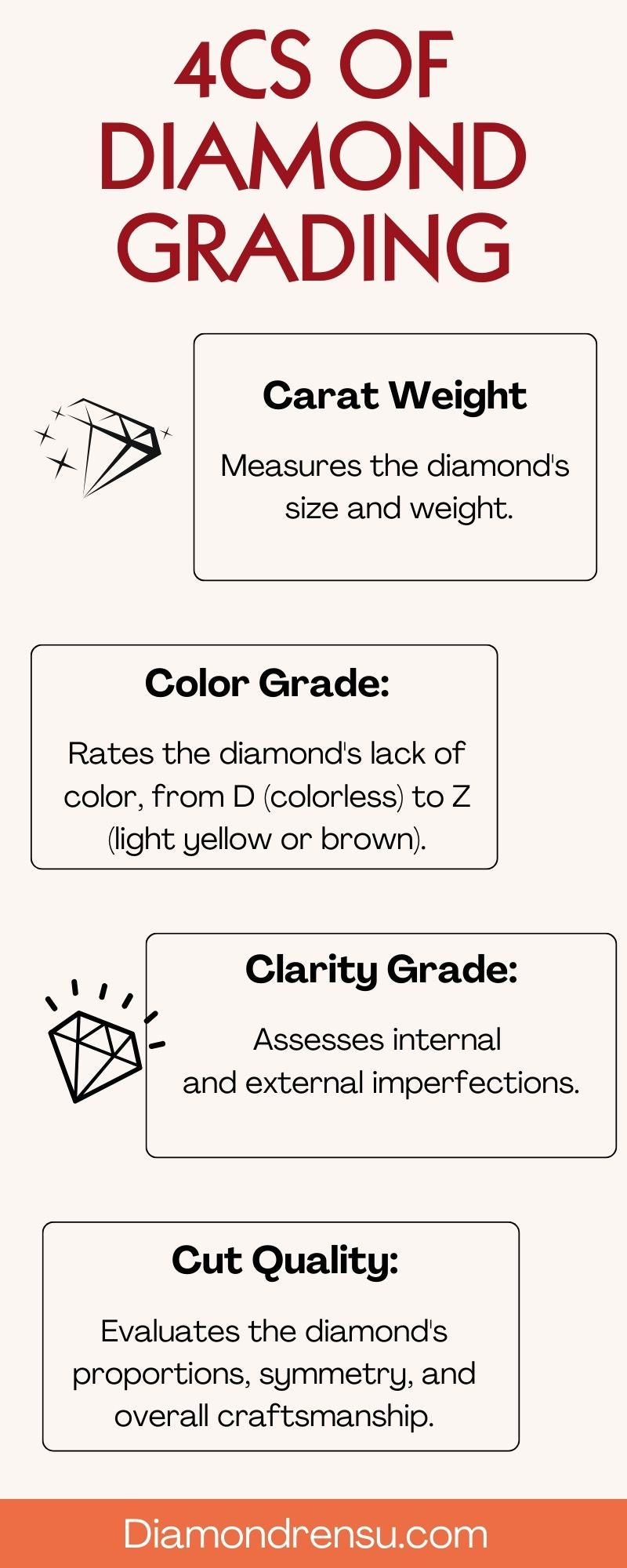
- Cut: A well-cut diamond reflects light brilliantly and appears luminous. The cut grade influences prices significantly a diamond's sparkle depends on it.
- Color: The less color, the higher the grade, with colorless diamonds being the most valuable. However, vividly colored diamonds, like pink, yellow, and blue, are rare and fetch higher prices.
- Clarity: This refers to the absence of flaws. Flawless diamonds command top dollar, but even those with slight imperfections can retain high value if they're not visible to the naked eye.
- Carat: Larger diamonds are rarer and thus more expensive. The price per carat also jumps at milestone carat weights.
Lab-Grown vs. Natural Diamonds
Origin
Lab-Grown: Created in controlled environments using advanced technology.
Natural: Formed naturally deep within the earth's crust over millions of years.
Price
Lab-Grown: Typically more affordable, offering cost savings compared to natural diamonds.
Natural: Prices vary based on rarity, size, and quality, often more expensive.
Quality
Lab-Grown: Consistent quality with fewer flaws and imperfections.
Natural: Unique characteristics and imperfections contribute to their allure and value.
Environmental Impact
Lab-Grown: Minimal environmental impact with reduced carbon footprint.
Natural: Extraction and mining processes can have significant environmental consequences.
Lab-grown diamonds offer a lower-priced alternative to natural diamonds, yet they're identical in composition and appearance. The main difference lies in their origin one is created in a controlled lab environment while the other is mined. Buyers looking for lower price points often explore lab-grown options, which can mimic the cut, color, clarity, and carat of natural stones without the associated mining costs.
By understanding these factors, I can confidently navigate the international diamond market to find the best value, whether that means selecting a diamond with a slightly lower clarity that appears flawless to the eye or opting for a lab-grown diamond that aligns with my budget.
Overview of the Diamond Industry
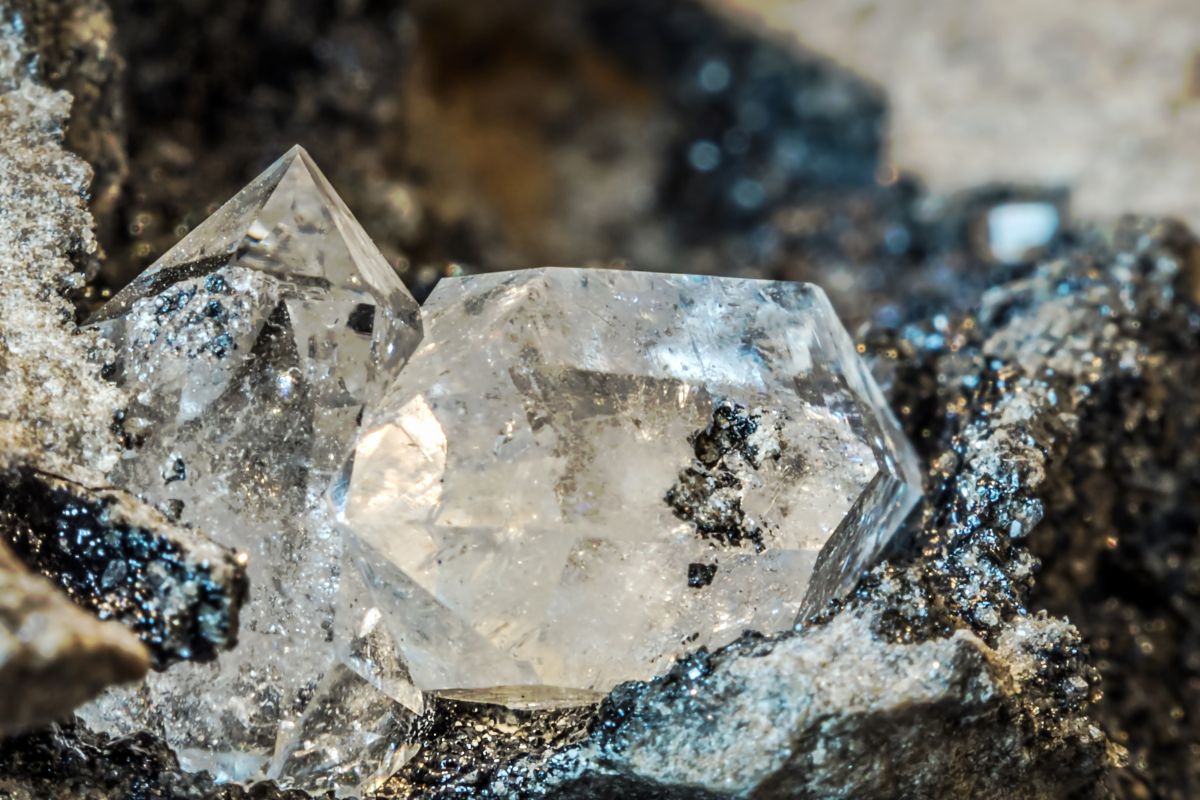
Major Diamond Trading Centers
| City | Description |
|---|---|
| Antwerp, Belgium | Known as the diamond capital of the world, Antwerp handles a large portion of the global diamond trade. |
| Mumbai, India | Mumbai is a major hub for diamond cutting and polishing, with a significant portion of the world's diamonds processed here. |
| Tel Aviv, Israel | Tel Aviv is known for its diamond trading exchanges and has a thriving diamond industry. |
| New York City, USA | New York City is home to many diamond wholesalers and retailers, making it a key player in the global diamond market. |
| Surat, India | Surat is a major center for diamond cutting and polishing, contributing significantly to the diamond industry's supply chain. |
The diamond industry has evolved from a symbol of rarity and luxury to a subject of ethical debate. My aim is to offer insight into its past, present trading hubs, and the ethical considerations that shape current trade.
Historical Context of Diamond Trading
The diamond trade has been a significant global industry since approximately the 15th century. Initially, diamonds were a rarity, found only in a few riverbeds in India and the jungles of Brazil. However, as global demand increased, so did the necessity for robust trading networks.
Major Diamond Trading Centers
Today, the industry sees diamond trading centers like Antwerp, Mumbai, and Dubai, where a large volume of the world’s diamonds are cut, polished, and sold. These markets have established themselves over the past few centuries, building reputations for quality and expertise in diamond valuation.
Responsible Jewelry Council and Ethics
The Responsible Jewelry Council plays a crucial role in modern-day diamond trading by promoting ethical practices. Ethical concerns, such as those related to conflict diamonds, have transformed industry standards, pushing for transparency and corporate responsibility. It’s imperative that trade is conducted without fueling conflict or human rights abuses.
Geographic Insights
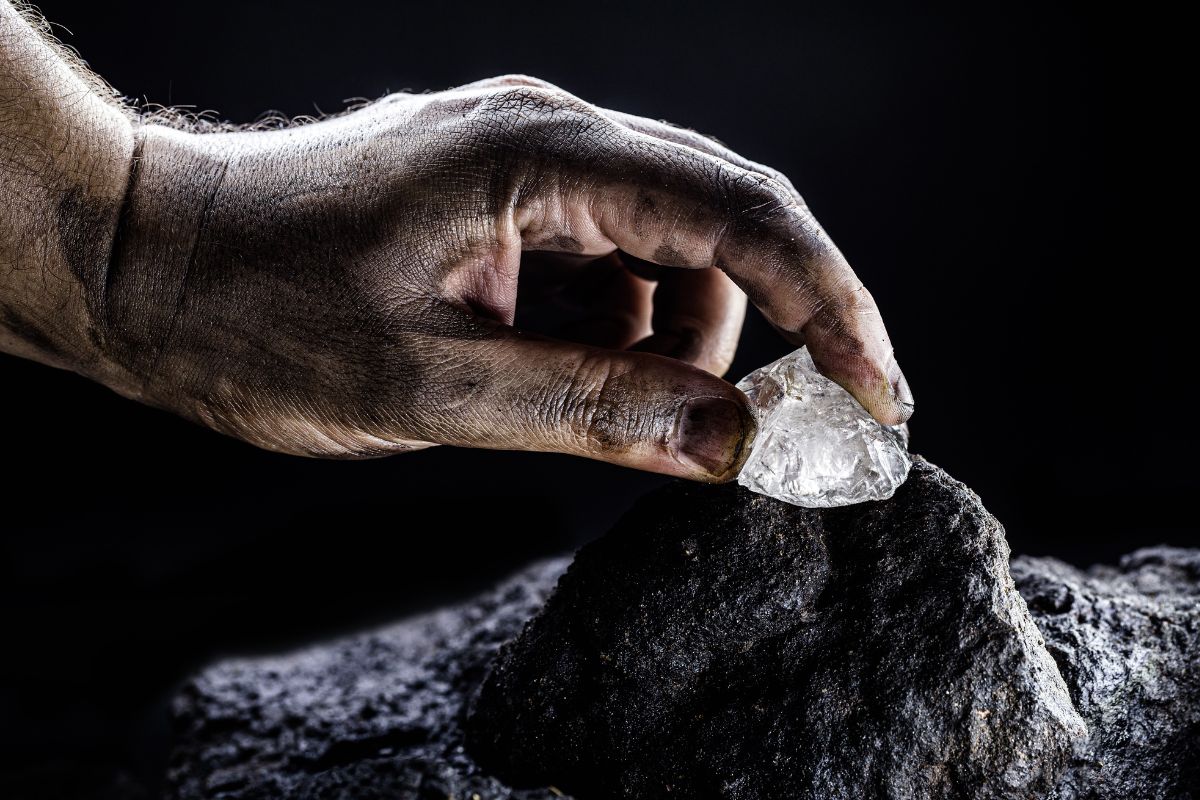
In this section, I will guide you through the nuances of two key aspects in the diamond industry: the hubs renowned for precision cutting and the regions prolific in diamond mining activity.
Countries Renowned for Diamond Cutting
Belgium, specifically the city of Antwerp, is heralded as the Diamond Capital of Europe. Here in the diamond district, particularly around the Central Station area, the skill and craftsmanship of diamond cutters have been honed over centuries. I would also point out that India plays a pivotal role, with cities like Surat and Mumbai being global centers for diamond cutting and polishing. The craftsmen in these cities are known for their dexterity, which allows them to optimize the brilliance and value of each diamond.
In recent years, Thailand and China have also developed as significant players in diamond cutting and jewelry manufacturing. Their industries are marked by efficient production and competitive pricing.
Regions High in Diamond Mining Activity
When it comes to diamond mining, several countries stand out for their rich reserves and production. South Africa has historically been one of these, with the Kimberley mine playing an instrumental role in the diamond rush of the 1870s.
Russia is another notable entity in the field of diamond mining. It is home to some of the largest and deepest mines in the world, contributing a significant volume to the global diamond supply.
|
Country |
Relevant Cities or Regions |
Note on Diamond Industry |
|
South Africa |
Kimberley |
Historical diamond mining hub |
|
Russia |
Mirny, Yakutia |
Large-scale diamond mining activities |
Additionally, I should mention that the United Arab Emirates, with Dubai in particular, has emerged as an important trade and logistics center for diamonds, facilitating the flow of rough and polished diamonds between producing countries and cutting centers.
Financial Aspects of Buying Diamonds
When considering purchasing diamonds, I always evaluate the financial implications. Taxes, markup, and pricing vary significantly by location, making some countries cheaper than others for diamond buyers.
Taxes and Import Duties
In my experience, diamonds can be subject to various taxes that influence their final price. Import taxes and VAT (value-added tax) are both critical when I import diamonds internationally. The absence or presence of these taxes can affect the price substantially. For example, the United Arab Emirates is known for not imposing VAT on diamonds, which can make diamonds cheaper. In contrast, importing diamonds into countries with high VAT or other additional taxes can result in a much higher final cost.
- United Arab Emirates: 0% VAT on diamonds
- European Countries: VAT ranging from 18% to 25%
Retail Markup and Pricing Comparisons
The retail markup is another aspect that I carefully consider when buying diamonds. Pricing structures for diamonds vary from one country to another. Retail markups are generally lower in countries with a high volume of diamond trade such as Belgium and India. Consequently, these destinations are often considered among the cheapest places to purchase diamonds due to competitive pricing. Retail markup typically ranges between 50% to 200%, depending on the country.
- Belgium: Average retail markup around 10% to 20%
- India: Competitive pricing with lower than average retail markup
By researching and understanding these financial aspects, I can make informed decisions about where to purchase diamonds. The economic climate of the trading country, along with its customs and tax policies, play a crucial role in determining the best deals on diamonds.
Buying Diamonds Internationally
When I explore the acquisition of diamonds on the international market, I weigh the benefits and navigate currency exchange intricacies to secure the best deals. My approach is to be strategic, knowledgeable, and methodical.
Advantages of Overseas Purchases
I've found that buying diamonds overseas can offer a wider selection, often due to the abundance of resources in certain regions. Countries with high supply and demand ratios may have more competitive pricing, which in turn gives me the opportunity to save money. Additionally, the ease of being able to buy diamonds online from international sellers makes the process accessible and convenient.
Optimizing Currency Exchange Rates
To maximize savings, I pay close attention to the rate exchange of currencies. Timing purchases when my currency is strong can result in significant cost advantages. I meticulously monitor exchange rates and use online tools to help ensure that I'm getting the most value for my money when making an overseas purchase.
By approaching international diamond buying with a clear and informed strategy, I capitalize on the potential cost benefits without compromising on the quality of my selection.
Selecting the Right Diamond Source
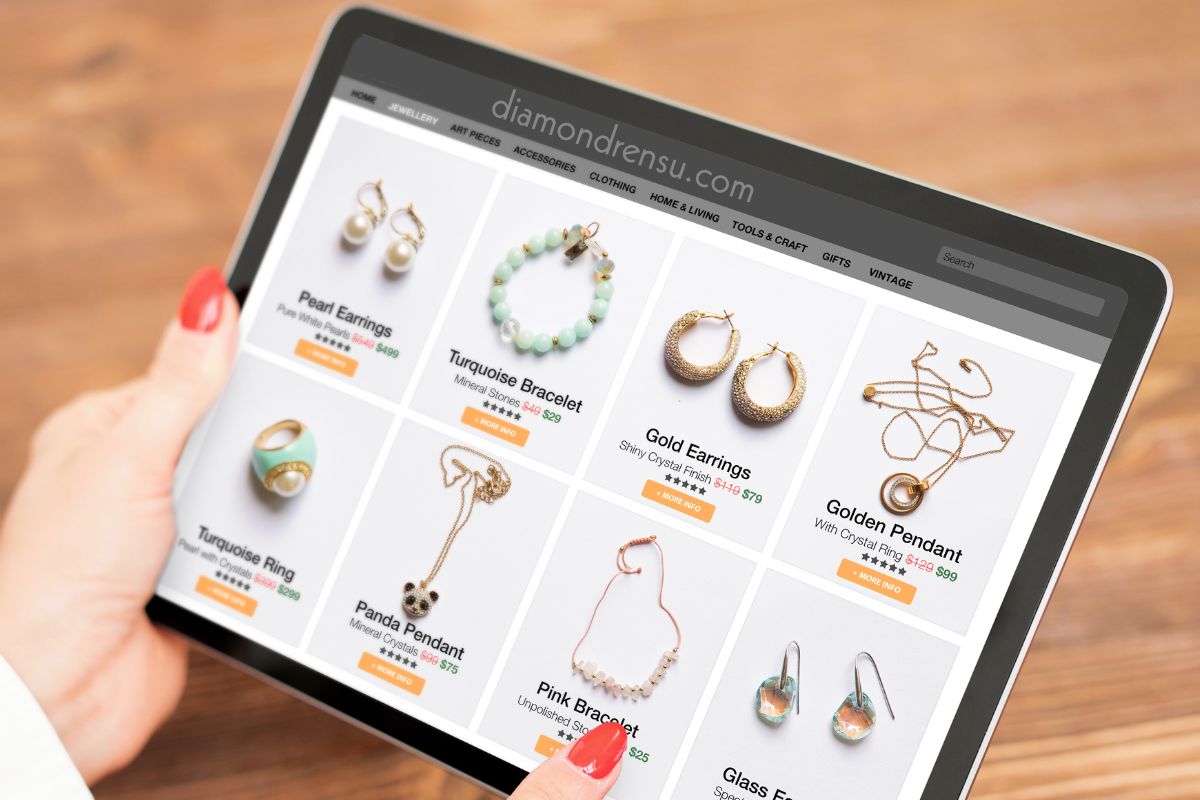
When it comes to purchasing diamonds, I ensure that my choices are informed by both the type of vendor traditional jewelry shops or online stores and the reputation of specific diamond companies and bourses.
Traditional Jewelry Shops vs. Online Stores
Deciding where to buy diamonds involves comparing traditional jewelry shops and online stores. Jewelry shops offer the benefit of a tactile experience I can see and touch various diamonds and jewelry, providing a direct assessment of their quality. However, the variety at a single shop can be limited, and prices may be higher due to overhead costs. On the other hand, online stores often provide a much wider selection of loose diamonds and jewelry, often at more competitive prices due to a different supply and demand ratio. With online retailers, I consider their return policies, as I cannot examine the diamond in person before purchase.
Evaluating Diamond Companies and Bourses
When assessing diamond companies and bourses, I look for those with an established reputation for quality and service. Diamond bourses are especially intriguing as they are exclusive marketplaces where diamond trading occurs, often at wholesale prices. These can be great sources for loose diamonds, provided I have access or can work with a professional who does. The diamonds here come from a variety of sources, which allows me to compare a plethora of options within a single visit. It is crucial to verify the authenticity of the diamonds from these sources, which is why I always seek certified stones and thorough documentation of their origin to ensure my purchase does not include conflict or illicit diamonds.
Practical Tips for Diamond Buyers

When I set out to buy diamonds, I ensure that I am not only purchasing a stunning gem but also making a smart choice for my investment portfolio. It's not just about finding the most beautiful diamonds; it's about understanding the intricacies of diamond quality and craftsmanship to ensure I am getting the best value.
Ensuring Quality and Craftsmanship
Diamond Certification: Before considering a purchase, I always check for a diamond certification from a reputable lab; this confirms the stone's authenticity and quality. Certifications from GIA or AGS detail the diamond's cut, color, clarity, and carat weight, which are critical factors in assessing the stone's value.

Cut and Craftsmanship: The craftsmanship of a diamond is paramount, as a well-cut diamond will reflect light beautifully. I look for cuts that enhance the diamond's natural brilliance. The most expensive diamonds often boast exceptional cuts that maximize sparkle and fire.
Making a Smart Investment
Research Market Prices: I study current market trends and prices to understand what constitutes a fair deal. I compare shops and countries that might offer competitive pricing. This knowledge aids in making an informed decision when investing in a diamond.
Understanding Resale Value: I consider the potential resale value of diamonds as part of my investment strategy. While beauty is key, I am also aware that certain diamond characteristics maintain their value better over time. I focus on purchasing quality diamonds that will be a lasting investment.
By adhering to these guidelines, I ensure that I buy diamonds that are not only captivating but also a wise addition to my financial assets.
Frequently Asked Questions
As an expert in the diamond industry, I understand pricing can vary significantly by location. In this section, I will address some common questions about where to find the best prices for diamonds around the world.
What are the most cost-effective countries for purchasing diamonds?
From my experience, countries like India and Belgium are among the most cost-effective for purchasing diamonds due to their roles in the cutting and trading industries. These countries have direct access to rough diamonds and an established infrastructure for diamond cutting and trade.
Where in Europe can one find the lowest prices for diamonds?
In Europe, Antwerp, Belgium, is renowned for its diamond district, which offers some of the lowest prices due to its vast network of wholesalers and a long history as an international trading center for diamonds.
What factors contribute to the lower diamond prices in certain countries?
Lower diamond prices in certain countries can be attributed to several factors. These include direct access to diamond mines, reduced import taxes, and a high level of competition among traders and retailers, which often leads to more competitive pricing.
How can consumers reliably find the best deals on diamonds online?
To find the best deals on diamonds online, consumers should look for reputable retailers with a strong history of customer satisfaction. Checking for certifications and reviews, and comparing prices across different platforms are smart strategies.
Which country is recognized for offering the best value on diamond purchases?
Botswana is increasingly recognized for offering some of the best values on diamond purchases due to its ethical mining practices and partnership with De Beers, which has established a significant cutting and trading market in the country.
Is there a notable price difference for diamonds between Europe and the USA?
Yes, there is often a notable price difference for diamonds between Europe and the USA. Europe, particularly Belgium, tends to have lower prices due to a higher density of dealers and a longstanding hub for international diamond trade, while the USA market may include higher retail markups.
Checkout some of our top collections:
- Moissanite Engagement Rings
- Moissanite Earrings
- Moissanite Bracelets
- Moissanite Solitaire Engagement Rings
- Moissanite Mens Engagement Rings
- Moissanite Princess Cut Stones
- Lab Grown Engagement Rings
- Lab Grown Diamond Earrings
- Lab Grown Diamond Wedding Bands
Leave a comment
Please note, comments must be approved before they are published.


